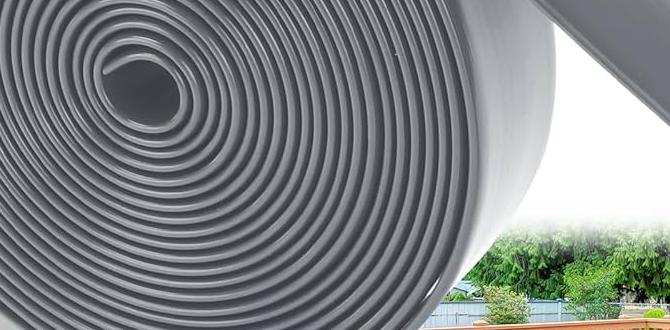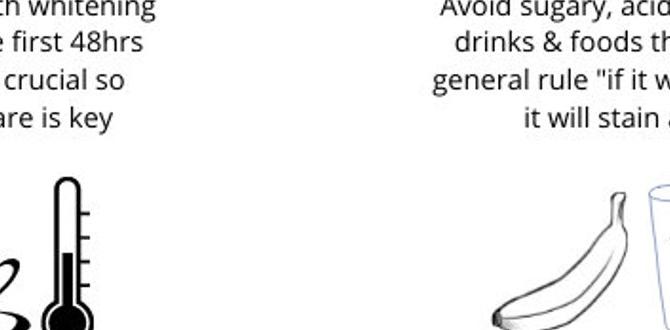Greenhouses have become an essential tool for modern gardening, allowing plants to thrive in controlled environments regardless of external conditions.
However, with the increasing focus on sustainability and eco-friendliness, the choice of materials used in constructing greenhouses has become crucial. Plastic, one of the most versatile and cost-effective building materials, is commonly used in greenhouse construction. However, not all types of plastic are created equal regarding their environmental impact.
Here, we’ll guide you through 8 easy steps on what kind of plastic to use for greenhouse. We’ll assess factors such as climate, purpose of the greenhouse, thickness, durability, UV stabilization, light transmission, and insulation properties of the plastic to make an informed decision.
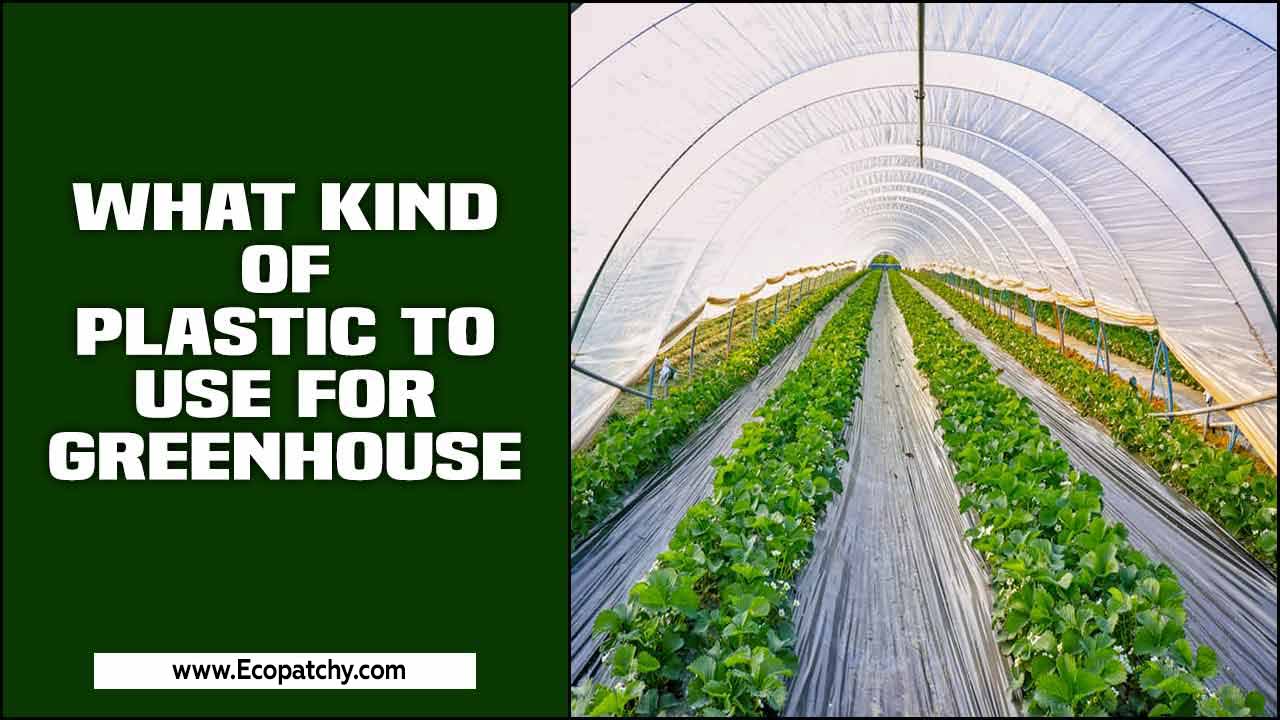
The Importance Of Greenhouse Plastic
Creating a controlled environment for plants is crucial, and greenhouse plastic plays a vital role in achieving this. By choosing the right greenhouse plastic, you can significantly impact plant growth. The plastic sheeting not only protects against weather conditions and pests but also shields plants from harmful UV rays.
Different types of greenhouse plastics offer varying light transmission and diffusion properties, allowing you to create the ideal lighting conditions for your plants. Moreover, the durability of greenhouse plastic ensures years of use and protection, making it a valuable investment for any grower. With the right greenhouse plastic, you can provide the optimal conditions necessary for healthy plant growth and development.
Role Of Greenhouse Plastic In Plant Growth
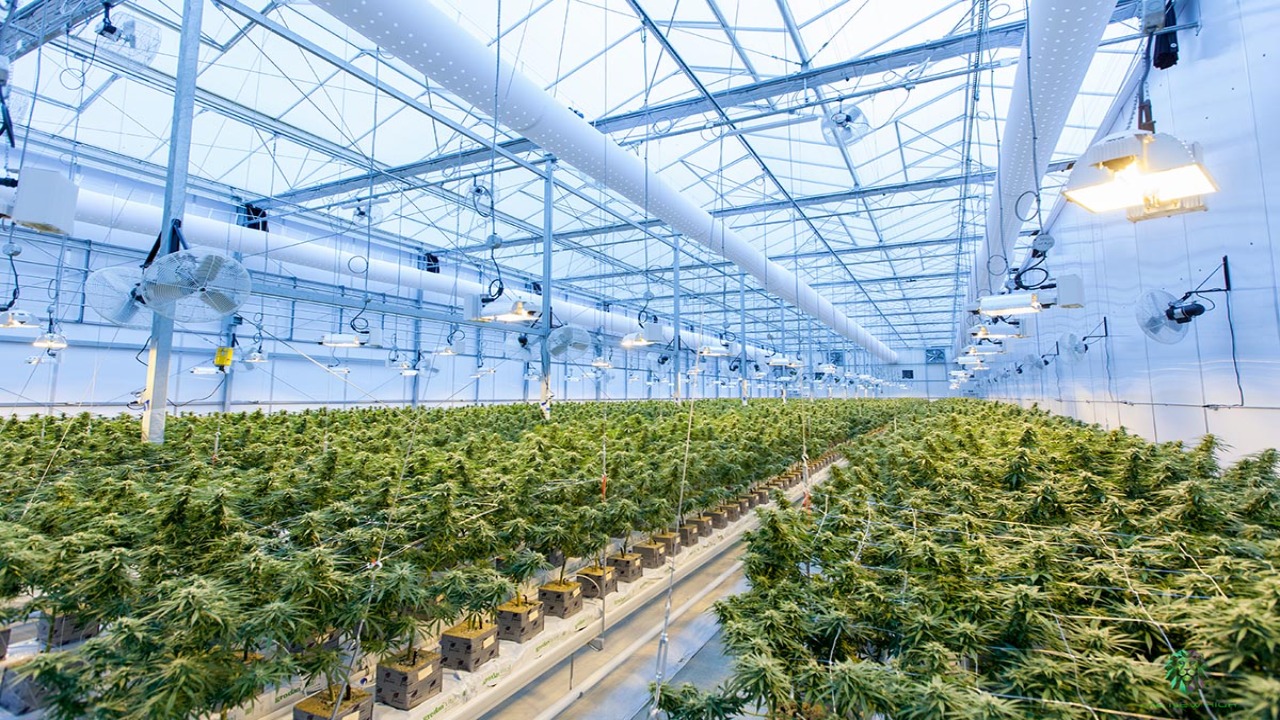
Greenhouse plastic is vital in promoting plant growth within a greenhouse environment. Its primary function is to create a greenhouse effect, which helps maintain optimal temperature and humidity levels for plants. This controlled environment provides the perfect conditions for plants to thrive.
High-quality greenhouse plastic allows plants to receive direct sunlight while protecting them from harmful UV rays. It also minimizes condensation, preventing the growth of plant diseases and mold.
Additionally, greenhouse plastic provides insulation, shielding plants from cold weather and frost. By acting as a barrier, it offers extra protection and helps regulate the climate within the greenhouse. Overall, the use of greenhouse plastic is essential for ensuring healthy and robust plant growth.
Protecting Plants From Adverse Weather Conditions
Greenhouse plastic serves as a protective shield for plants, safeguarding them against adverse weather conditions. It acts as a barrier to shield delicate plants from high winds and heavy rain. Additionally, the plastic covering provides insulation, protecting plants from cold temperatures.
UV protection in greenhouse plastic prevents plant damage caused by direct sunlight, ensuring that they receive the right amount of light without being harmed by harmful UV rays.
Moreover, opting for greenhouse plastic with extra durability features offers additional protection against harsh weather conditions, making it the best choice for growers looking for long-lasting and reliable plant protection. With its ability to withstand different types of weather, the plastic sheeting provides a secure greenhouse structure that ensures the safety and well-being of plants.
What Kind Of Plastic To Use For Greenhouse: 8 Easy Step
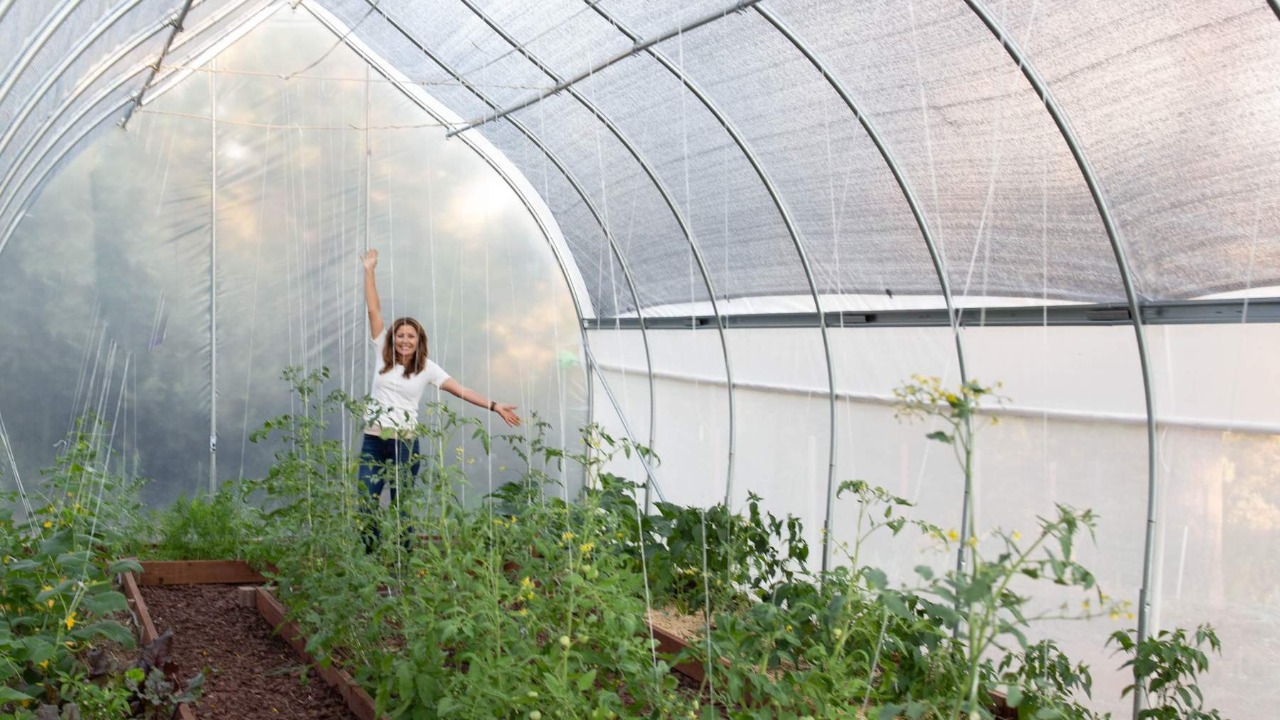
Regarding choosing the right kind of plastic for your greenhouse, there are several factors to consider. The type of plastic you choose will depend on your specific needs and budget. Plastic is commonly used in greenhouses due to its versatility and affordability.
It provides an excellent barrier against the elements, helping to create a controlled environment for plants to thrive. By following these steps, you can select the most suitable plastic for your greenhouse, ensuring optimal growing conditions for your plants. Here are eight easy steps on what kind of plastic to use for greenhouse.
1: Assessing Your Climate And Growing Conditions
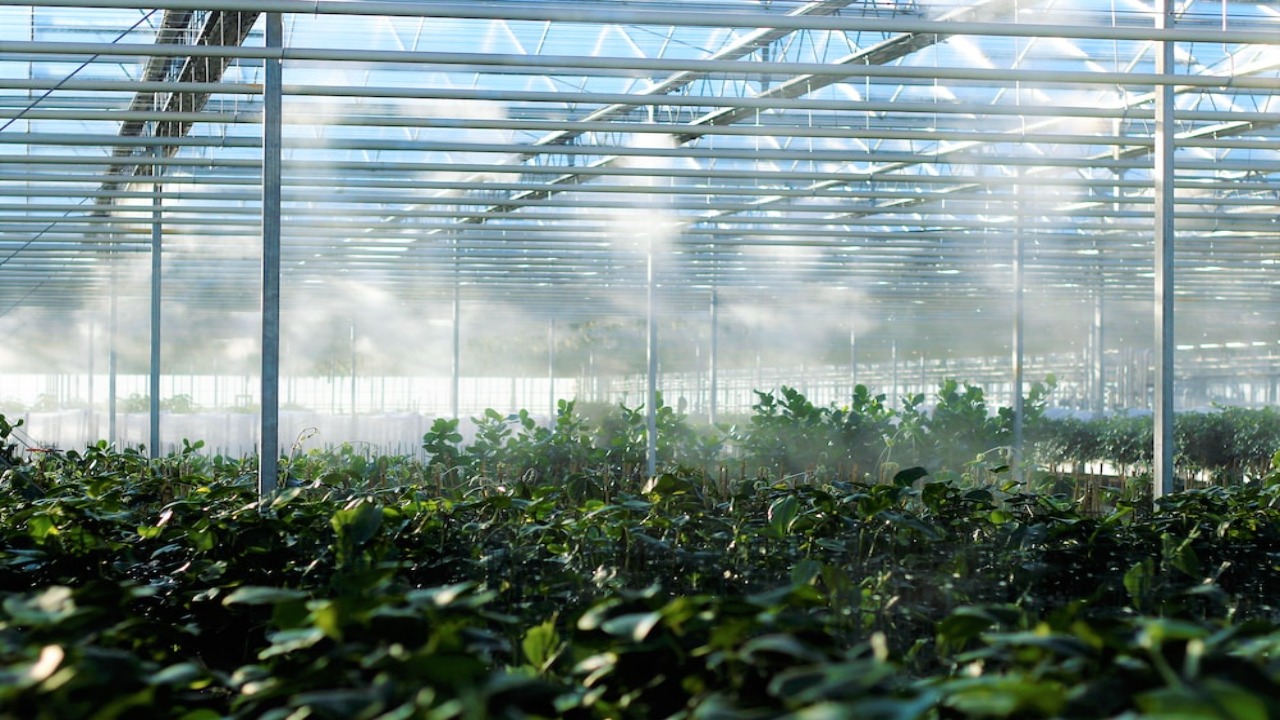
Assessing your climate and growing conditions is crucial for selecting the right greenhouse plastic. Consider the local climate, including average temperatures, humidity, and weather conditions. Evaluate if you need plastic that can withstand high winds, heavy snow, or other factors specific to your region.
Additionally, consider any special needs you may have, such as cold frame applications or growing tropical plants. It’s also important to consider additional features like light diffusion, condensation reduction, and reinforcement options based on your climate.
By assessing your climate and growing conditions thoroughly, you can make an informed decision on the best greenhouse plastic for your needs. Remember to consider factors like durability, insulation properties, and UV protection when choosing.
2: Determining The Purpose Of Your Greenhouse
To determine the purpose of your greenhouse, it is important to consider a few key factors. Firstly, identify whether the greenhouse will be used for commercial plant production, seedlings, or personal gardening needs. This will help you determine the scale and features required for your greenhouse.
Additionally, consider if delicate plants, tropical plants, or specific greenhouse applications require different types of plastic sheeting. Certain plants may require shade cloth or specialized plastic to create the ideal growing environment.
Lastly, think about the longevity of the greenhouse plastic. Depending on the use, longevity, and durability needed, you may opt for regular plastic sheeting or invest in more durable options like double-layer plastic or light deprivation systems for extra protection. By carefully considering these factors, you can choose the best greenhouse plastic to meet your specific needs.
3: Evaluating Different Types Of Greenhouse Plastic
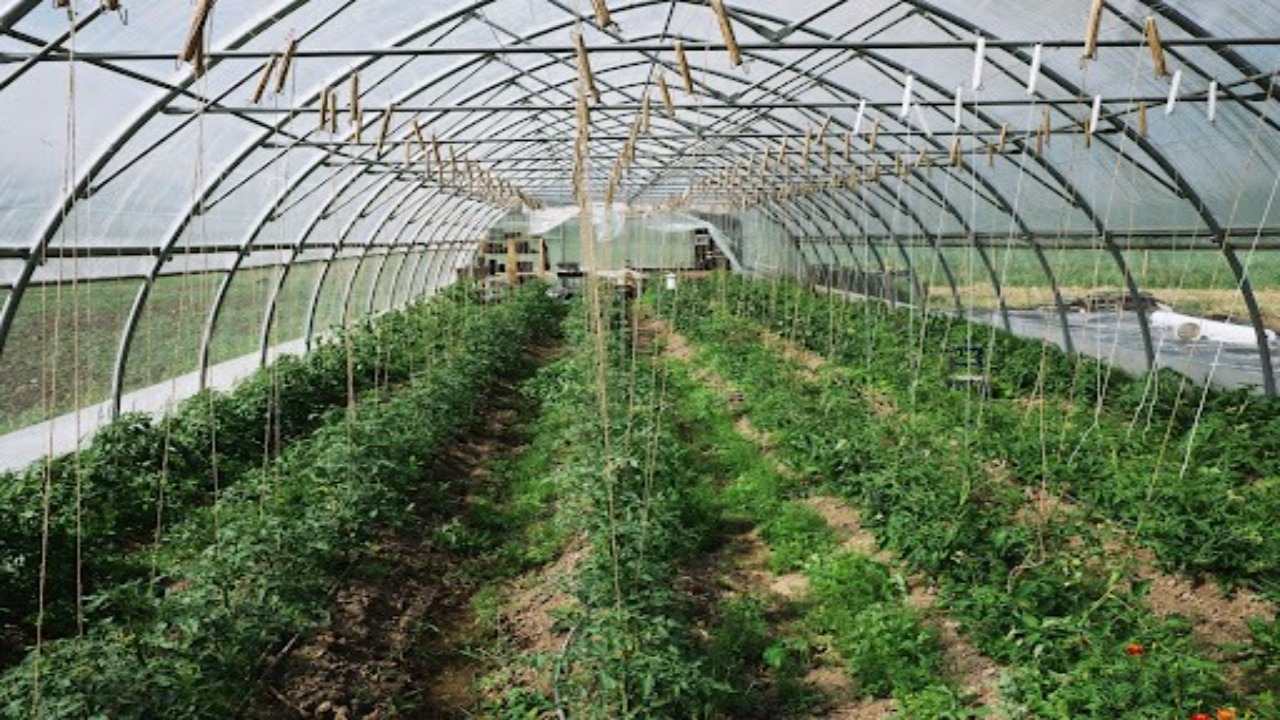
Regarding evaluating different types of greenhouse plastic, there are several factors to consider. One of the main considerations is insulation. Different types of plastic sheeting, such as polyethene film, polycarbonate, or polyvinyl carbonate, vary in their insulation properties. Another important factor is durability. It’s essential to assess the longevity and UV stability of the plastic sheeting for greenhouse applications.
Light transmission is another critical aspect to evaluate. Some greenhouse plastics offer better light transmission than others, which benefits plant growth. Additionally, UV protection is crucial to protect plants from harmful UV light.
Thickness is an essential characteristic of greenhouse plastic as well. Thicker plastic sheeting usually provides more strength and durability. Lastly, it is crucial to look into specific features that different types of plastic sheeting may offer, such as light diffusion or condensation reduction. By carefully evaluating these factors, you can determine the best greenhouse plastic for your needs.
4: Considering The Thickness And Durability Of The Plastic

When selecting the appropriate plastic for your greenhouse, it’s crucial to consider the thickness and durability of the material. Factors such as the local climate, greenhouse structure, and protection needs of your plants should guide your decision-making process.
Consider the potential risks of high winds, hail, or pests, and opt for a plastic sheeting that offers sufficient reinforcement and extra protection. Additionally, evaluating the mil thickness of the plastic is essential to ensure the safety and longevity of your greenhouse. By choosing a plastic with the right thickness and durability features, you can provide the optimal environment for your plants to thrive.
5: Exploring UV Stabilization And Light Transmission
To ensure the health and growth of your plants inside a greenhouse, it’s important to choose the right kind of plastic that provides UV protection and optimal light transmission. Greenhouse plastic with UV stabilization features prevents plant damage caused by direct sunlight while allowing necessary UV light for plant growth.
When selecting plastic sheeting, consider the specific needs of your plants and choose one with high-light transmission. This will ensure that your plants receive the most light possible for optimal growth.
Additionally, exploring the UV stabilization features of greenhouse plastic is crucial for its longevity and protection against harmful UV radiation. By taking these factors into account, you can choose the best greenhouse plastic that offers extra protection and meets the needs of your plants.
6: Examining The Insulation Properties Of The Plastic
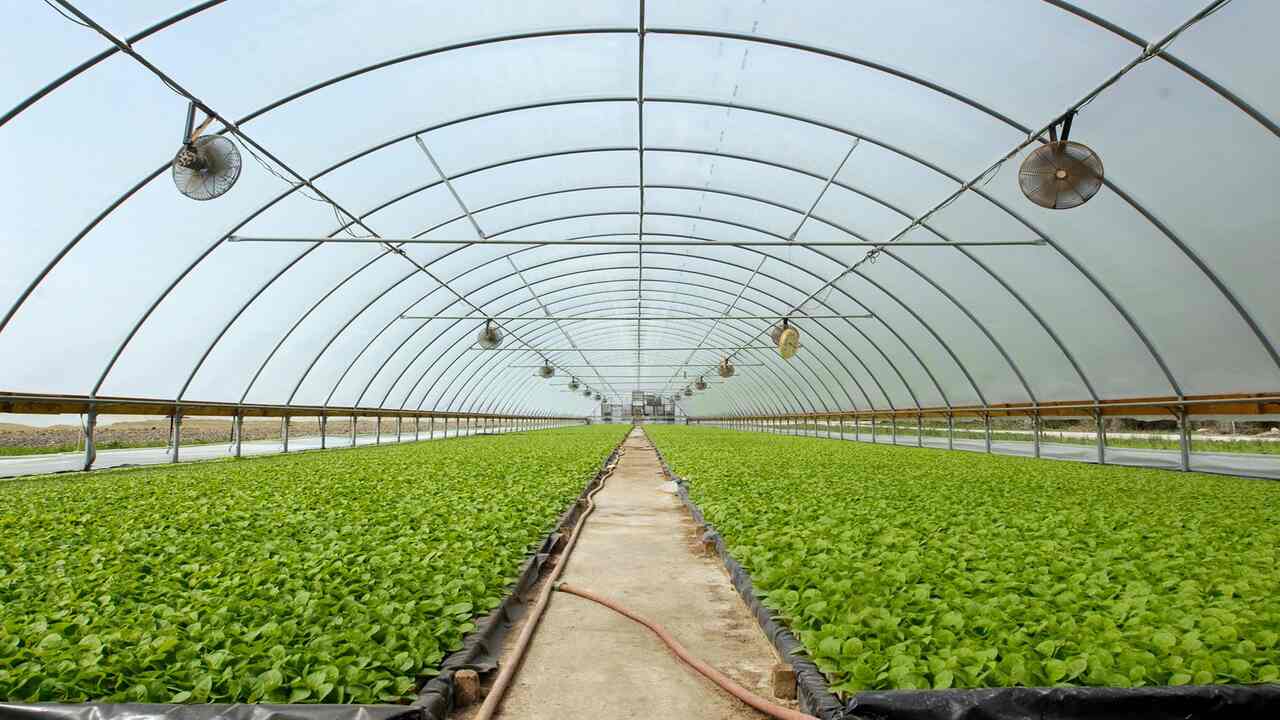
Regarding choosing the right plastic for your greenhouse, it’s important to consider its insulation properties. Insulation thickness, double layering, and light diffusion can greatly impact temperature control and energy efficiency.
Additionally, evaluating the condensation reduction features of the plastic is crucial to ensuring plant health and preventing mold growth. Depending on your local climate, humidity levels, and insulation needs, it’s essential to examine the insulation features of different plastics like polycarbonate, polyethene film, or PVC.
Each type of plastic offers unique benefits and considerations for your greenhouse. By carefully assessing these insulation properties, you can create an environment that provides optimal conditions for your plants to thrive.
7: Making The Final Decision On The Best Plastic For Your Greenhouse
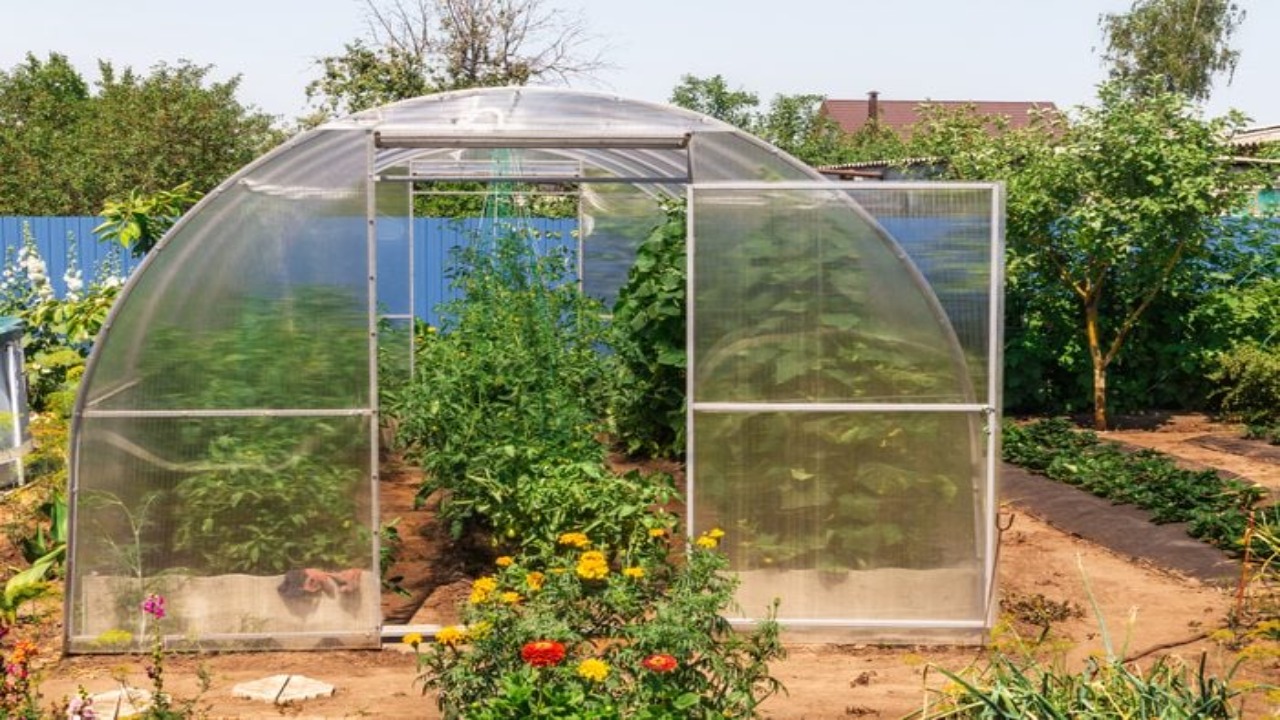
When choosing the best plastic for your greenhouse, it is important to understand the different types available for greenhouse use. Three common types of plastic to consider are polycarbonate, polyethene, and PVC. Insulation, UV resistance, and durability are key factors to evaluate when making your decision.
Additionally, it is crucial to consider the cost and longevity of each type of plastic to ensure it aligns with your budget and long-term needs. Researching the environmental impact of each option can also help you choose a more sustainable alternative.
Seeking advice from experts or experienced gardeners can provide valuable recommendations tailored to your specific needs. It is also beneficial to test and compare samples of different plastics before making a final decision. By carefully considering these factors, you can confidently select the best plastic for your greenhouse.
8: Is Polycarbonate Or PVC Better For Greenhouses?
Regarding choosing the right plastic for your greenhouse, polycarbonate and PVC have advantages and disadvantages. Polycarbonate is known for its durability and resistance to impact, making it a popular choice for greenhouses. It also offers excellent insulation properties, which can help maintain a stable temperature inside the greenhouse.
On the other hand, PVC is more affordable and lightweight, making it easier to install and handle. However, it may not offer the same level of durability as polycarbonate. Ultimately, the choice between polycarbonate and PVC will depend on your specific needs and budget. If you prioritize durability and insulation, polycarbonate may be the better option. If cost-effectiveness and ease of installation are more important to you, then PVC may be a suitable choice for your greenhouse.
Conclusion
Regarding choosing the right kind of plastic for your greenhouse, there are several factors to consider. Assessing your climate, determining the purpose of your greenhouse, evaluating different types of plastic, considering thickness and durability, exploring UV stabilization and light transmission, examining insulation properties, and making the final decision are all important steps.
Both polycarbonate and PVC have advantages and disadvantages, so it’s important to weigh them carefully. Ultimately, the choice depends on your specific needs and preferences. So, take your time, research, and make an informed decision that will help you create the optimal environment for your plants to thrive. We hope you know what kind of plastic to use for greenhouse.
Frequently Asked Questions
1.What Is The Best Plastic To Use For Greenhouse?
Ans: Regarding choosing the best plastic for your greenhouse, polyethene is the top choice. It’s affordable, durable, and available in various thicknesses and UV treatments. While other options like polycarbonate, acrylic, and PVC are available, polyethene offers the best combination of cost-effectiveness and performance.
2.What Is The Best Thickness Of Plastic For A Greenhouse?
Ans: The ideal thickness of plastic for a greenhouse depends on your climate and weather conditions. For moderate climates, a six-mile thickness is recommended, while harsher conditions may require ten miles or higher. Thicker plastic also offers better insulation and durability.
3.Is White Or Clear Plastic Better For Greenhouses?
Ans: Regarding choosing the right plastic for your greenhouse, you may wonder if white or clear plastic is better. Clear plastic allows more light in and is ideal for sun-loving plants. On the other hand, white plastic diffuses light evenly, making it suitable for plants that need moderate sunlight.
4.What Type Of Greenhouse Plastic Should I Use For My Greenhouse?
Ans: When choosing greenhouse plastic, consider your budget and climate. Polyethylene is the most common and affordable option, while polycarbonate provides better insulation. PVC can be used but is less durable. Make an informed decision based on your needs.
5.What Is The Best Plastic Covering To Use For A Greenhouse?
Ans: Regarding choosing the best plastic covering for your greenhouse, there are a few options to consider. Polyethylene (PE) is affordable and common, while ethylene-vinyl acetate (EVA) offers high light transmission for colder climates. Polycarbonate (PC) is durable but more expensive.



